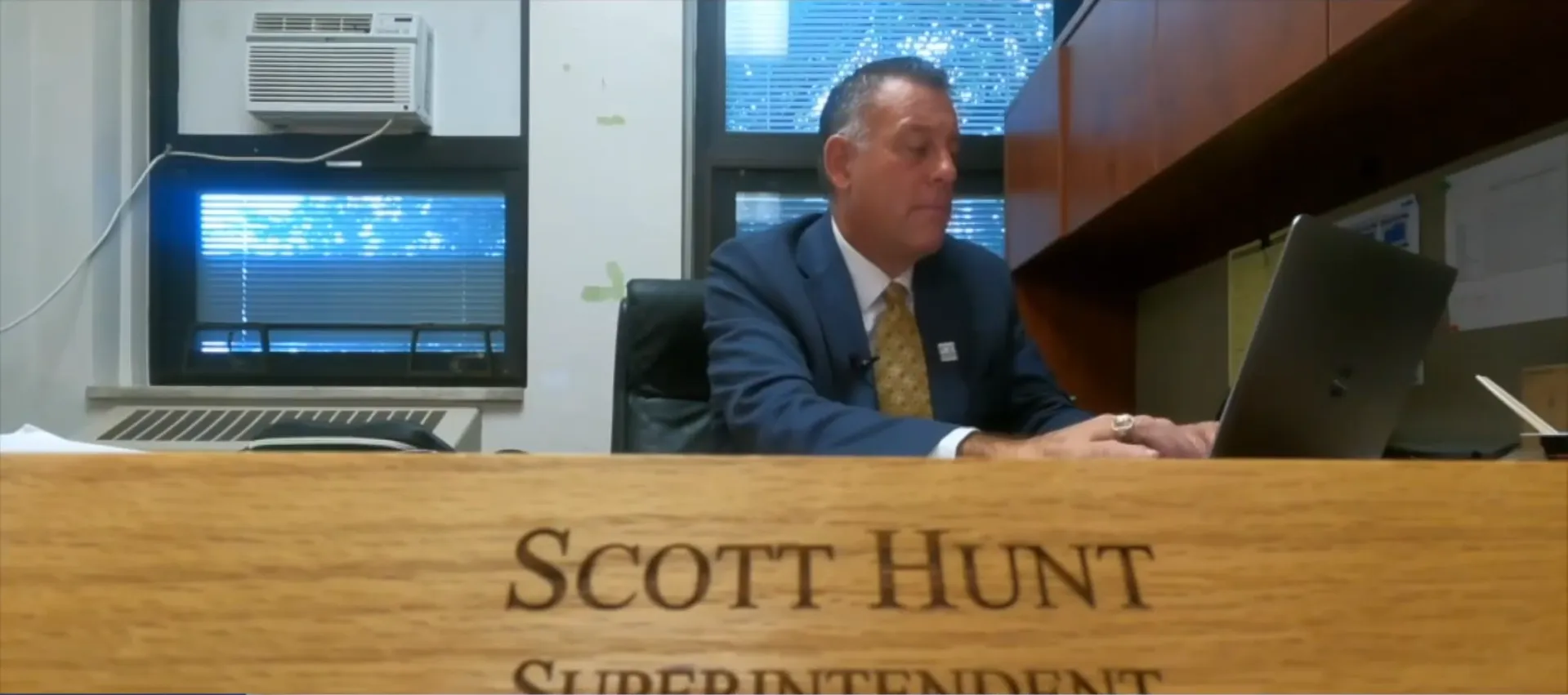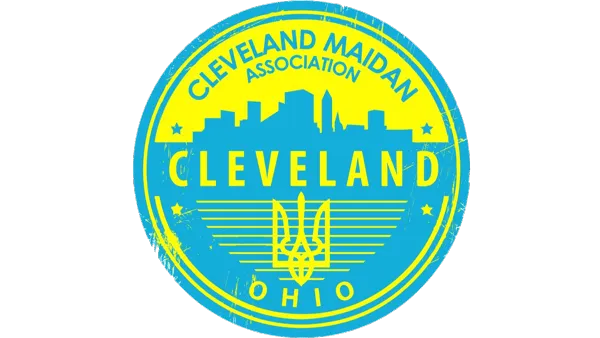In this working-class suburb of Cleveland, where the industrial past still echoes in architecture and the memories of veterans, the Parma school district faces a critical juncture. As the 2025-2026 school year begins, Dr. Scott Hunt, a education veteran with over 35 years of experience, steps into the role of superintendent, inheriting not only thousands of students but also a host of challenges: from chronic funding shortages to the ghostly vacant lot where the legendary Parma High once stood. As insiders in Ohio’s educational circles well know, districts like Parma—with an aging population and a shrinking tax base due to industrial decline—often find themselves caught between ambitious reforms and harsh budget realities. But Hunt, with his reputation as a “messenger of hope,” promises to turn the page, transforming what could be a crisis into an investment in the future.
Hunt, a native of nearby Girard, brings a wealth of experience spanning everything—from a teacher’s desk to the offices of superintendent, and even lecture halls at universities as an adjunct professor. His career, colleagues in Ohio’s educational associations say, has always been about “enriching lives”—a phrase he repeats with the conviction of a preacher. “I’ve always loved working with children, and my goal is to improve the education system,” Hunt says as he walks through the corridors of Parma Park Elementary, where the hum of children’s voices reminds everyone of the district’s true stake. While his predecessor, Dr. Charles Smialek, moved on to the thriving Pickerington district near Columbus after seven years in the role, Hunt enters his new position with an understanding of local dynamics: Parma, with its nearly 9,000 students from Parma, Parma Heights, and Seven Hills, recently earned four stars in the Ohio Department of Education’s annual report—an impressive improvement credited, insiders say, to painful reforms including school closures in 2023.
But Hunt’s hope runs up against stark reality: the district needs new funds. The top priority is passing a 10-year emergency operations levy expected to raise around $23 million annually. For homeowners, that means an extra $20 a month for a property valued at $100,000—an amount Hunt artfully reframes not as a burden but as an “investment in the future.” “We say we want our community to invest in the future,” he emphasizes, citing his success in similar situations. In the Cardinal Local School District in Geauga County, where Hunt previously served, a tax passed in 2018 after 25 years of failure and three attempts—something he recalls with pride as if it were a heroic battle. In Parma, the last successful levy dates back to 2011, and this is already the fourth attempt in recent years, according to state archives. Without these funds, Hunt warns, the district risks cutting programs, transportation, laying off teachers, or even coming under state oversight by 2027—a scenario that has already played out in Ohio districts like Lorain and Youngstown, where financial crises led to mass protests and loss of talented educators.
The residents I spoke with during my visit to Parma are divided, but many support Hunt enthusiastically—typical of communities where education is not an abstract concept but an investment in the next generation. “I think it’s a good change with new leadership,” says Jessica Po, a parent of schoolchildren, reflecting sentiments echoed on local forums and in cafes. Michael Macherelli, a lifelong resident, adds convincingly: “I don’t care if it costs me a few extra dollars. I want my kids to get the best education.” These voices resonate with a broader trend in Ohio, where, according to the Ohio School Boards Association, over 60% of districts rely on local taxes for operational expenses, and demographic shifts—such as youth migration to metropolitan areas—increase pressure. Hunt, understanding this, promises open dialogue: “We must be messengers of hope for our community,” he states, urging parents and students to share their views ahead of the November vote.
But amid all these plans, an intriguing question hangs: what will happen to the site of the former Parma High School? Demolished in 2023 as part of district reorganization, this empty lot is a symbol of past losses and potential opportunities—lying idle, fueling speculation in local chats and board meetings. Hunt, with his strategic mindset, does not rule out ambitious ideas: “It’s definitely possible. An opportunity to have a campus. Maybe house our K-8 school there.” But he emphasizes caution: “There isn’t a clear plan yet,” promising community consultations after clearing the site soon. Ohio education insiders whisper that such sites often become multifunctional centers—from community parks to innovative campuses, like in nearby Cleveland, where former schools have become hubs for vocational education. In Parma, with its strong career and technical education programs already preparing hundreds of students for the workforce at no extra cost to taxpayers, such a transformation could act as a catalyst for renewal.
Hunt, with his optimism, underscores: “When schools thrive, communities thrive.” Strong schools attract families and stimulate the economy—a lesson Ohio has painfully learned from districts that have fallen into decline due to chronic underfunding. As Parma prepares to vote, Hunt promises transparency and dialogue throughout the year. Will this “new beginning” be a turning point or just another failure? As is often the case in American education, the answer lies in the hands of voters—and in the hands of leaders capable of turning taxes into dreams.


